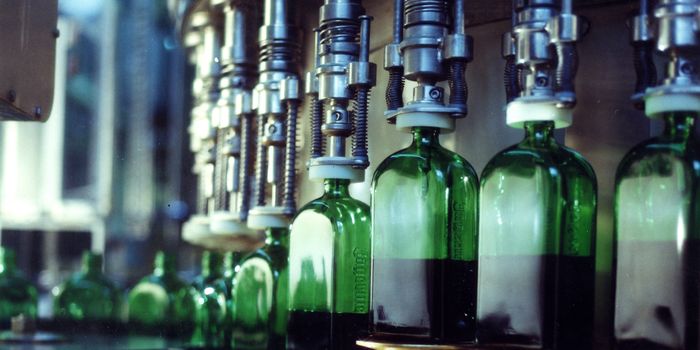Jägermeister is undoubtedly one of the most popular herbal liqueurs in pubs, nightclubs, restaurants and homes across the world, but have you ever wondered who invented it and how it is produced? What if we told you that it all started out with vinegar…
History
Jägermeister was invented in the year 1934, but we must go back as far as 1870 in order to get the full vibrant story behind this unique flavoured liqueur. The company’s founder Wilhelm Mast moved to Wolfenbüttel, near Brunswick, Germany, in the early 1870s in search of creating a successful business.
Wolfenbüttel’s economy was shaped mainly by agriculture and mining. Back then, there was demand for vinegar to cool the mined rocks before they were extracted. So, Wilhelm set up his own vinegar production plant in 1878, but the best was yet to come for his fledgling company. Wilhelm also had a passion for fine wines and this knowledge would eventually serve the company well in later years…
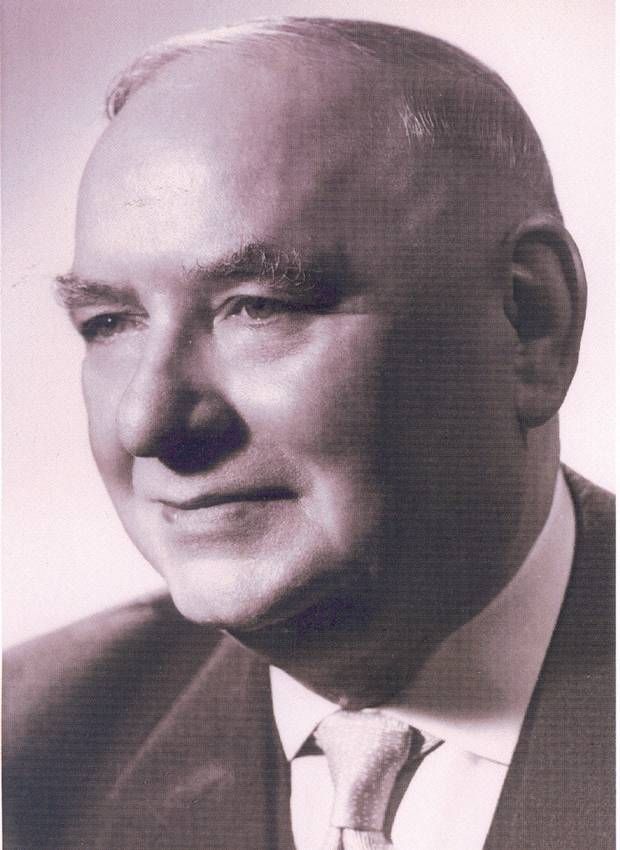
Sadly, Wilhelm fell ill in the 1910’s and in 1918 his 21-year-old son, Curt Mast (pictured above), took over the family business, which by then had built up some debt. So Curt knew something had to be done. That’s when he stopped producing vinegar altogether in order to focus his attention on dealing in wines, a subject he had gained vast experience in thanks to his father, Wilhelm.
Having spent many years dealing in fine wines, Curt decided to branch out by creating a liqueur that would be quite special. It took a while for Curt to find the right formulation as sometimes his mixture was “too sweet” or its “citrus notes too weak”. But, in 1934, the time had come. Curt had created the spirit, which, over the next 75 years, was to become the world’s biggest herbal liqueur: Jägermeister.
Fun Fact
In 1973, Jägermeister was the first company to sponsor a team in the German Bundesliga after the Stag Head logo was added to Eintracht Braunschweig’s jersey for the ’73/’74 season.
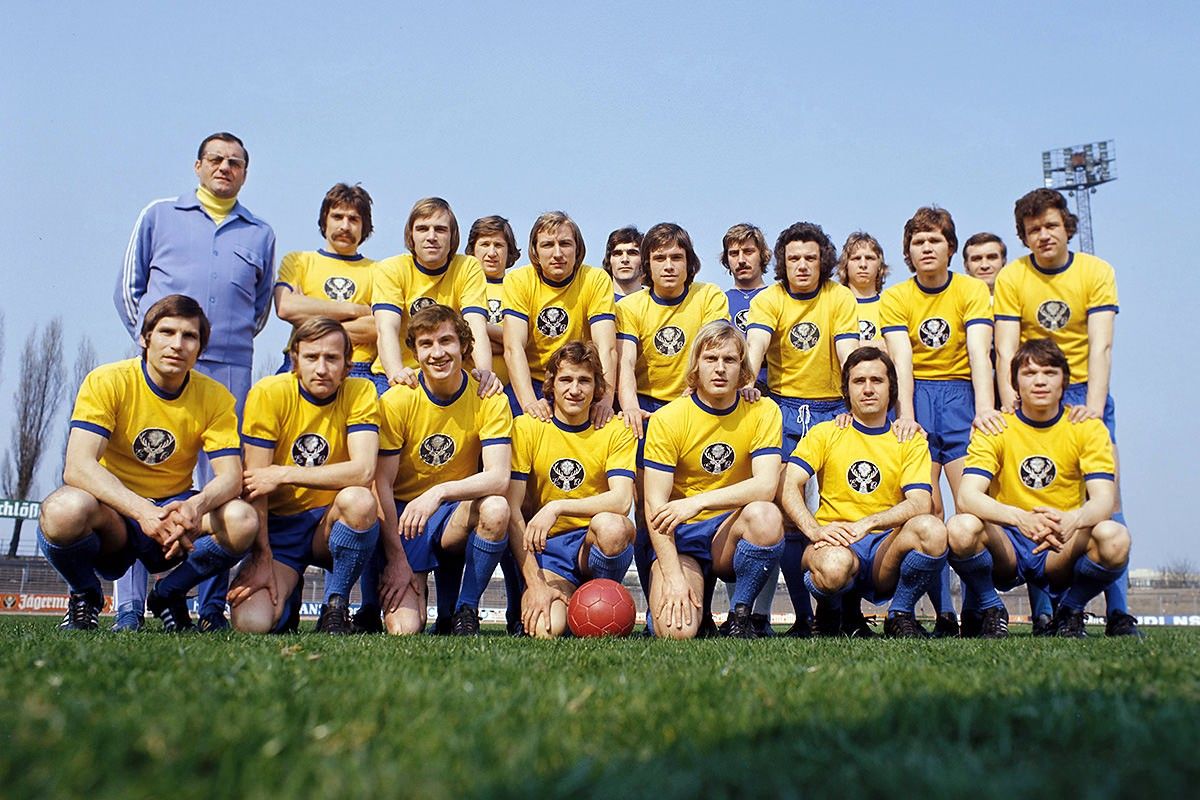
Production
In total, 56 different natural ingredients provide the flavours that have made Jägermeister so famous. Herbs, flowers, roots and fruits from all over the world are used for its mysterious recipe. A total of 383 quality checks are performed before the bottles are filled with the final product. The result is a herbal liqueur that is unique in both quality and taste.
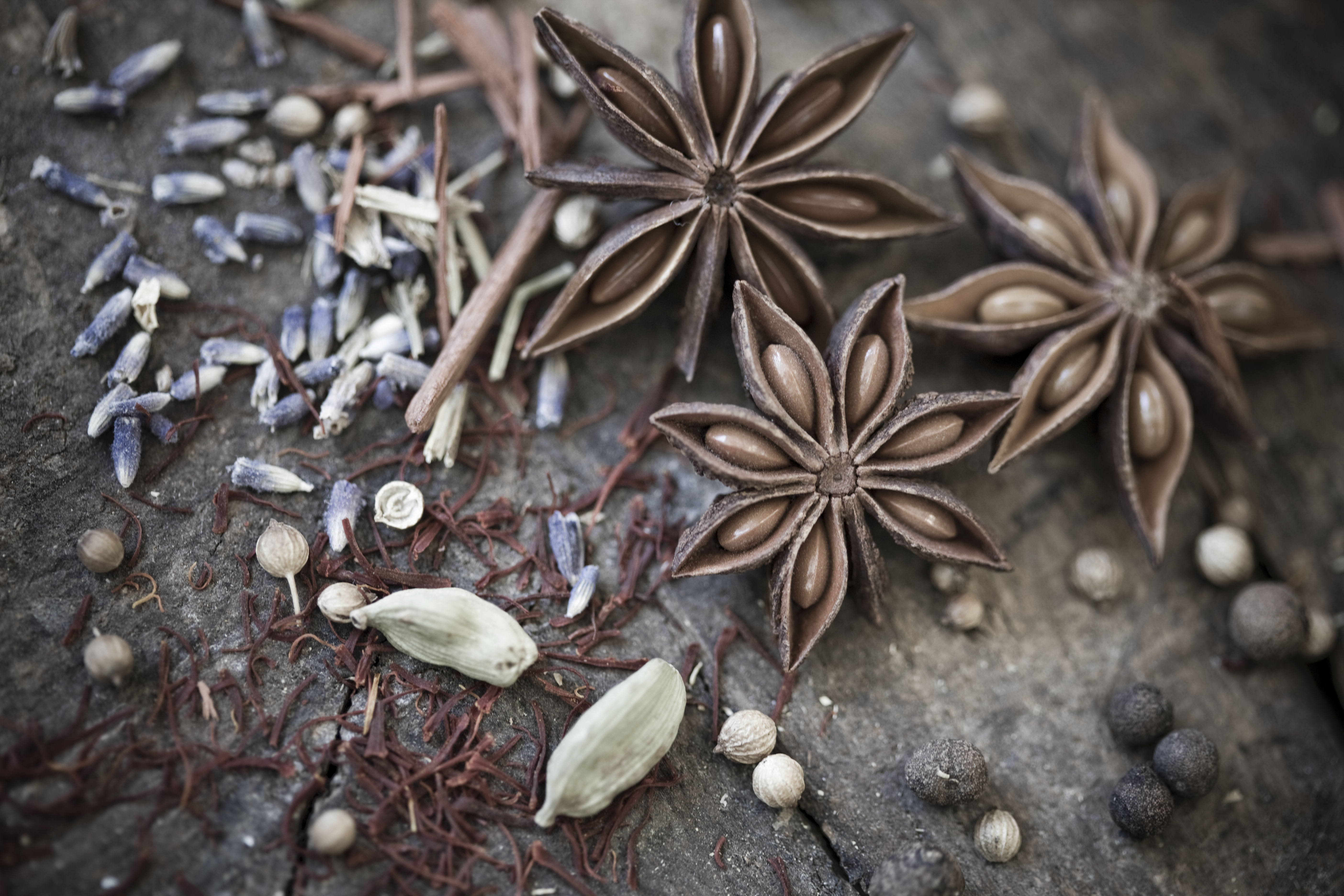
The recipe of Jägermeister has not changed since it was invented over 75 years ago. The well-guarded Jägermeister recipe is brought to life by the master distillers. First, they weigh the individual ingredients precisely and transform them into various dry mixtures. In the maceration process the herbs are placed in a mixture of alcohol and water for several weeks to extract the flavour ingredients such as essential oils. Then the master distillers mix the different macerates with the basic material: the heart and soul of the legendary Jägermeister taste.
Four hundred and forty five mighty oak casks are stored in the Wolfenbüttel wooden cask cellar. In these casks, the basic material of Jägermeister can “breathe” and mature in complete calm for around one year. During this time, the master distillers check the progress of the liqueur time and time again until the authentic Jägermeister taste has been reached. Before the internationally known green bottles can be filled with the finished Jägermeister, the base must first be enriched with pure water, alcohol, caramelised sugar and liquid sugar. Only then is the well-known Jägermeister obtained.
Bottle
Jägermeister’s dark green glass bottle is just as distinct and steeped in history as the liqueur itself. Right from the outset, Curt Mast felt that a high-quality yet stable bottle was important for his fine herbal liqueur. To find his ideal bottle, the Jägermeister inventor had to be creative, so he put a number of different models through a breakage test.
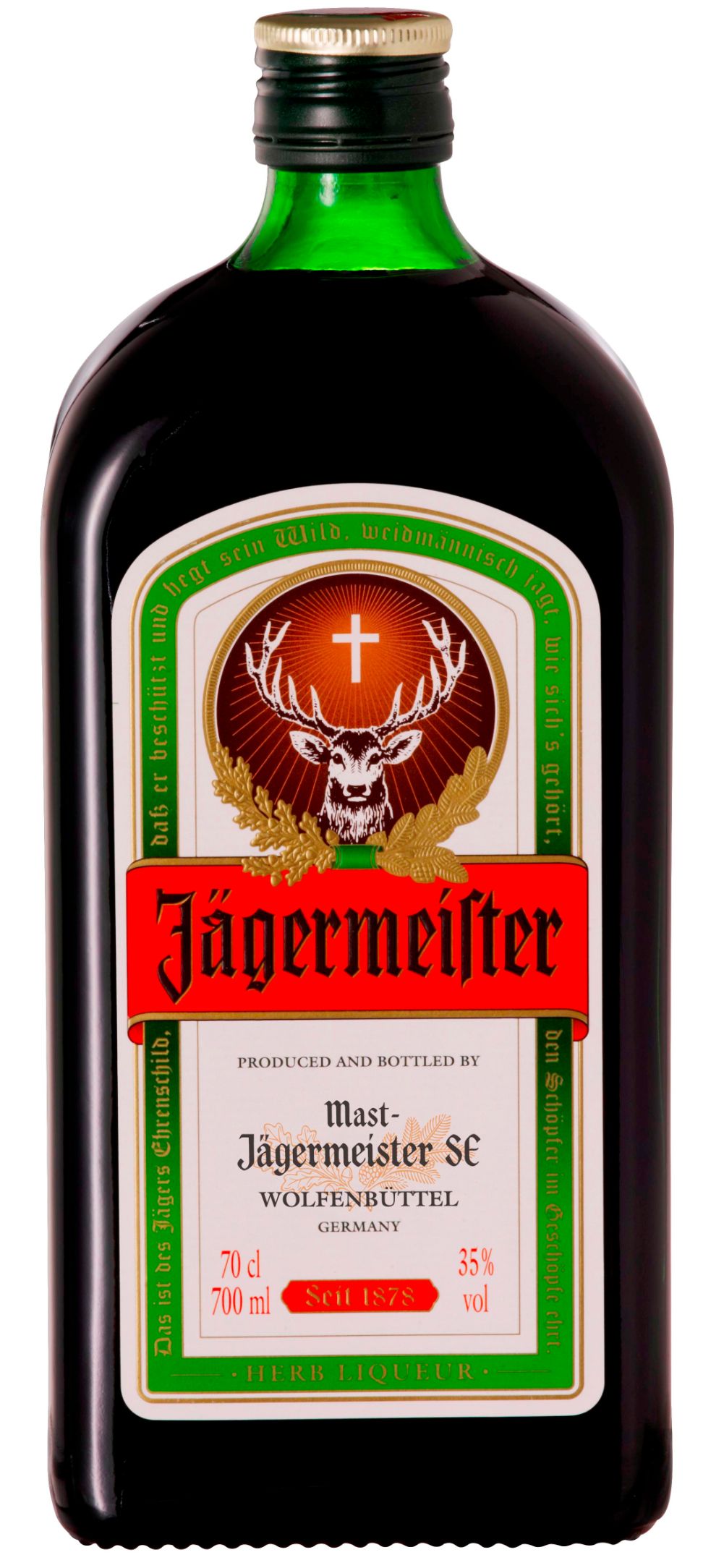
At home in his own kitchen, Curt Mast dropped the bottles onto the hard wooden floor from a height (which probably didn’t go down too well with his wife). This was how he found the most reliable model: the distinctive green Jägermeister bottle that we all know today.
Trademark
Curt Mast was a passionate hunter, like many of his contemporaries at the time, so he dedicated his invention to hunters as “Jägermeister” literally translated means “master hunter”. It was a term that was well-known in the Wolfenbüttel region due to its centuries-old hunting tradition.
For the front label of the Jägermeister bottles, Curt chose a poem by Oskar von Riesenthal (b. 1830 – 1898), a fellow hunter:
“Das ist des Jägers Ehrenschild,
daß er beschützt und hegt sein Wild,
weidmännisch jagt, wie sich’s gehört,
den Schöpfer im Geschöpfe ehrt.
Translated…
“This is the hunters’ honour shield,
which he protects and looks after his game,
Huntsman hunts, As it should be,
the Creator in the creatures honour”.
For Curt, the drink’s trademark symbol had to be a legendary stag with a gleaming cross between its antlers. The very stag, which, according to legend, had appeared before an uncivilised hunter and turned him into a Christian: a hunter who would later become the patron saint of all hunters, St. Hubertus. The Hubertus stag has been the Jägermeister trademark since 1935 and, like the lettering, is trademark-protected.
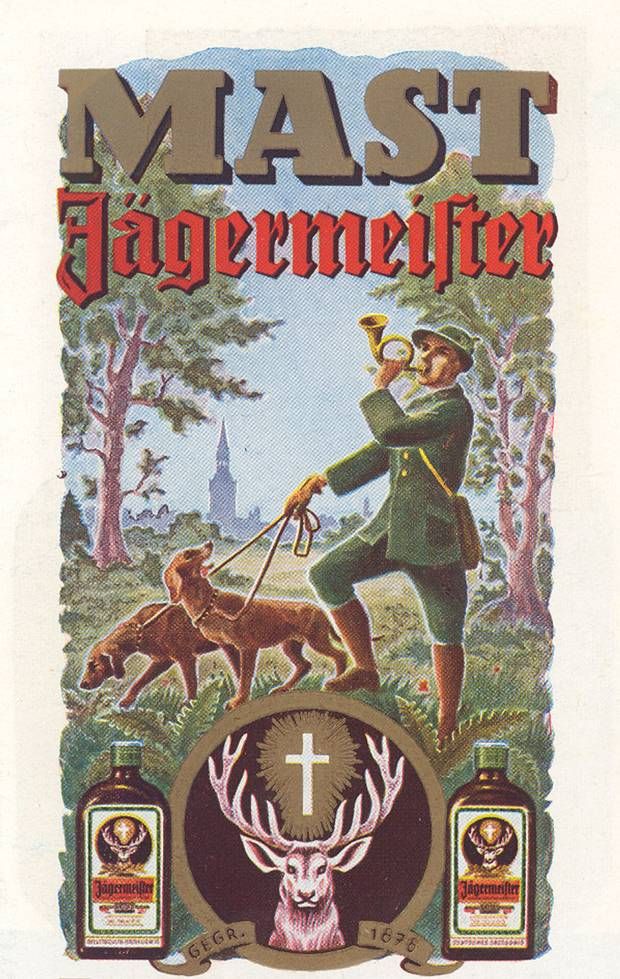
So there you have it. The next time you’re enjoying an ice-cold shot of Jägermeister with your friends you’ll be able to fill them in on the deep and interesting history behind this iconic German liqueur. For more from Jägermeister head over to the Jägermeister Ireland Facebook page.

LISTEN: You Must Be Jokin’ with Aideen McQueen – Faith healers, Coolock craic and Gigging as Gaeilge
